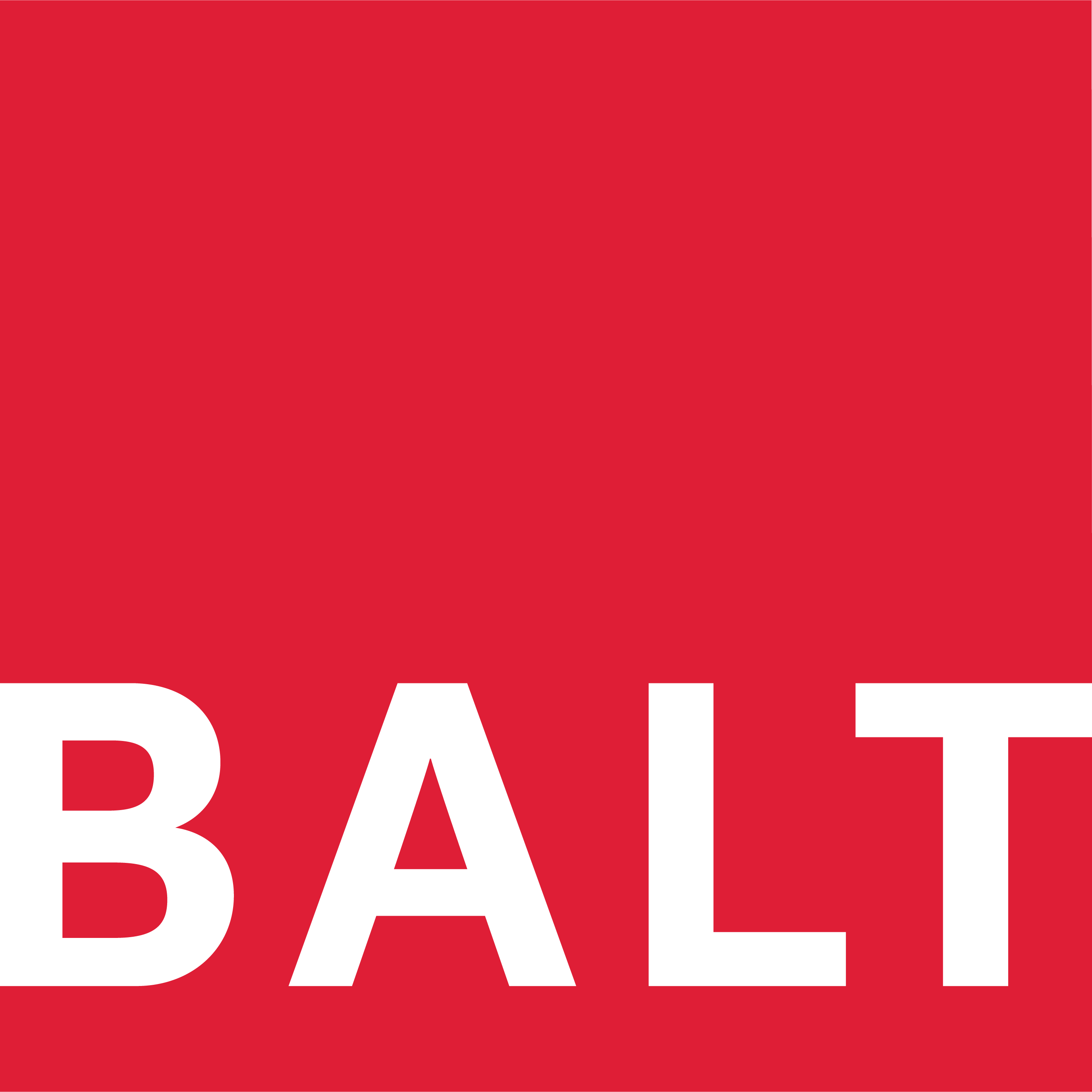Sustainable Design
Sustainable design principles invite us to rethink the perceived value of a product or service and consider the social, environmental and economic impacts of our design choices.
Sustainable design principles invite us to rethink the perceived value of a product or service and consider the social, environmental and economic impacts of our design choices.
In a circular economy, we keep resources in use for as long as possible, extract the maximum value from them whilst in use, then recover and regenerate products and materials at the end of each product service life.
Red Brick Road Ciderworks generates very little residual waste during production. Waste cider from spill trays is collected at all venues and events and the owners saw an opportunity to ‘up-cycle’ this waste by distilling it into gin.
pitt&sherry is a tenant of a five-star energy efficient building. However, the property does not provide recycling services. Attempts at recycling have resulted in high contamination levels causing additional costs in disposal.
The range and volume of materials handled through the CPT Engineering receiving yard has increased in recent years. Storage, tracking and retrieval of materials has become inefficient, causing delays and wasted transport from receiving to work stations.
ThinkBig Printing is actively recycling almost half of its production wastes, but options for recycling vinyl are very limited and not available in Tasmania. The business is seeking to reduce vinyl waste to landfill by eliminating errors in production that cause avoidable waste.
Drysdale training restaurant in Launceston was a recipient of a Northern Tasmanian Waste Management Group resource recovery and waste minimisation grant, which enabled them to purchase a composting machine. Teaching staff wanted to create a culture of sustainability by integrating waste management procedures into learning activities.
A large proportion of waste generated in-process at Penguin Composites is offcut fibre composite material, which has very limited options for recycling or re-use. Management wanted to explore opportunities to reduce waste at the source at investigate alternative uses for offcuts.
Approximately 80% of waste generated on-site at Nichols Poultry is already recycled. Single-use plastic film products help the company maintain food safety standards. The main barrier to recycling this waste is high contamination rates from liquid proteins.
At Jinglers Creek Vineyard, nylon nets are used to protect ripening fruit from losses to birds. Applying nets requires a team of people, a tractor and approximately two square kilometres of polyester netting, which is replaced every seven years. The owner applied their technology skills to develop an innovative alternative.
